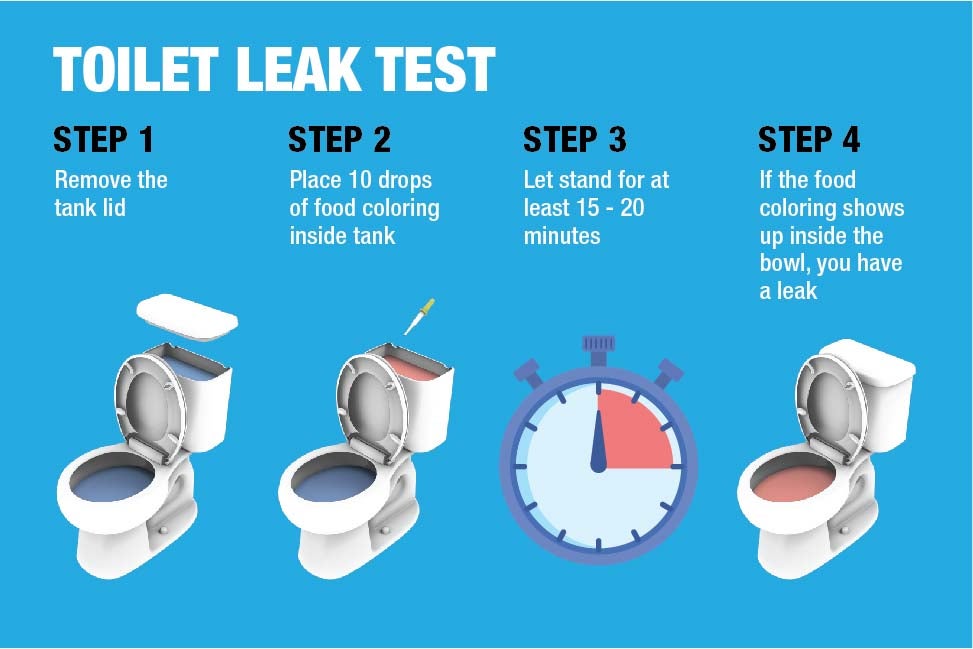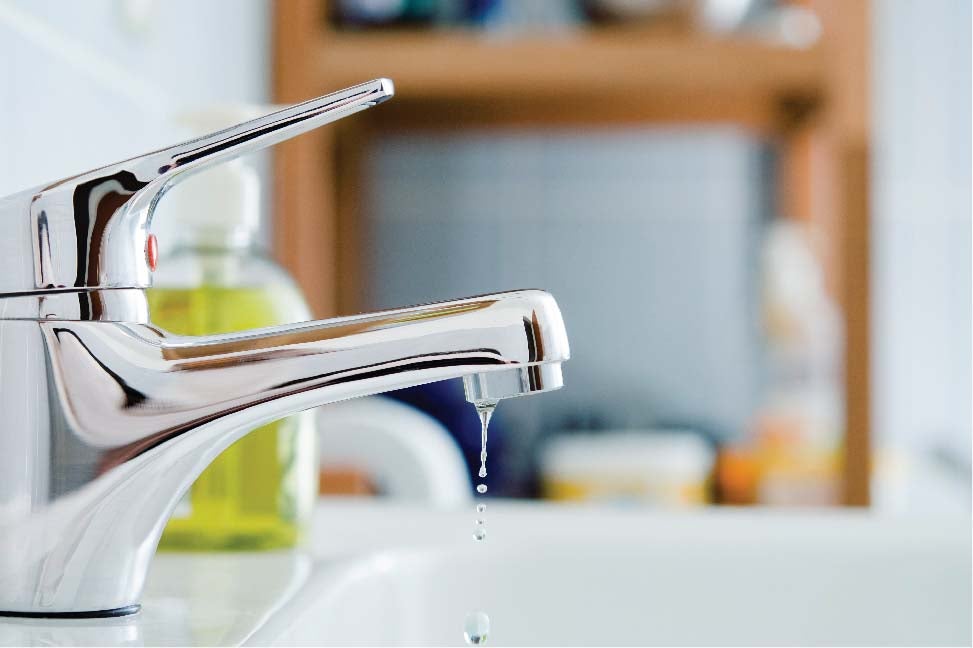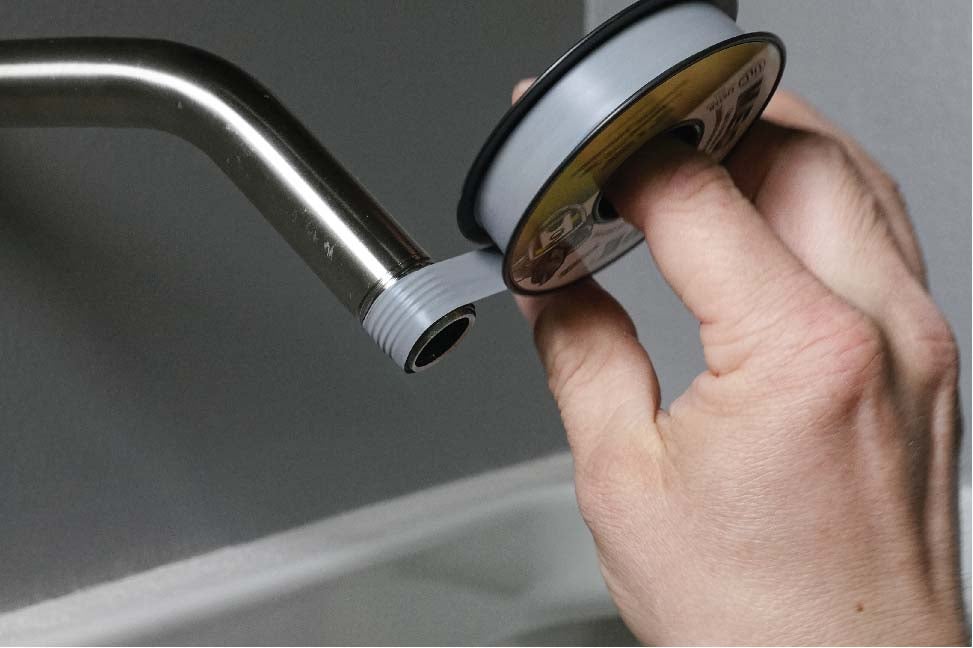Have you recently noticed a higher-than-average water bill? This might be a sign to check up on your plumbing. Between old fixtures, inefficient appliances, faulty plumbing, and old habits, it's easy to waste a considerable amount of water within your household.
Leaks are the most common way water is wasted. While it may not seem like much, a small drip can waste plenty of water. The U.S. Environmental Protection Agency (EPA) reports that an average household can leak more than 10,000 gallons of water per year.
We recommend checking your plumbing fixtures regularly for leaks and slow drips because it could save you a significant amount of money (and water) in the long run.
The following fixtures around your home could be wasting water without you knowing:
1. Toilet Bowl
Toilets are the biggest water source in your home and can be the culprit to much-wasted water. A leak may be present if you hear the toilet constantly running or notice water around the base.
However, the most common toilet leak and often hardest to find is caused by a deteriorated or defective flush valve (flapper). Since this leak will occur without being heard, you can perform a test to identify if the valve is not seated and sealed properly. Here’s how to test it:
- Remove the tank lid, then flush.
- Wait for the flapper to drop and the tank to refill.
- Add a few drops of food coloring inside the tank after the toilet has stopped filling.
- Wait at least 20 minutes.
- If any trace of the color appears in the toilet bowl, there is a leak.
If there are traces of color in the toilet bowl, you will need to replace the worn-out rubber valve in the tank.
Flappers are easy to replace and can be found at your local hardware store. We recommend bringing in the old flapper for comparison to make sure the new one will fit your toilet model or checking your toilet owner’s manual.

2. Sink/Bathtub Faucet
Many standard household faucets are cartridge faucets, single- or two-handle. The cartridge is the plastic piece in your faucet that controls water flow. Over time, this can become worn out, causing a leak at the base or around the handles. You will need to replace the valve or cartridge inside the faucet to fix this.
Tip: If you have a habit of leaving the water running while brushing your teeth at the sink, simply remind yourself to turn it off. This is an easy way to save water.

3. Shower Head
According to the EPA, a dripping showerhead can waste more than 3,000 gallons per year. If you catch it dripping, it may be caused by a loose connection between the showerhead and pipe stem.
Leaky showerheads can be fixed by simply re-tightening the connection. If that doesn’t solve it, you may need a thread sealant on the connection to secure it. Thread sealant is easy to apply and can help control leaks.

For more complicated leaks in the shower, like replacing a worn-out cartridge, contact an experienced plumber for help.
Tip: Opt for taking a shower instead of a bath. A 10-minute shower uses only 25 gallons of water, compared with a full bath that can use up to 50 gallons.
4. Outdoor Hose Bibs
Your hose is another potential, constant leak source that can waste a lot of water without you even noticing it. If you see your hose leaking at the connection to the spigot while it’s running, you will need to re-tighten the connection or replace the rubber hose washer.
Damaged valves are commonly found in hoses that are infrequently used. The packing will need to be repaired with a thread sealant or simply re-tightened. In a colder climate, turning off the water to the hose during the winter months will help stop the packing from freezing and cracking.
Tip: Attach a rainwater collection system to your downspout. You can easily collect and recycle rainwater and use it for watering your lawn or plants instead of the hose.
5. Water Heater
Going tankless can help reduce water waste in your home. Tankless heaters provide instant and consistent delivery of hot water. In addition, because they are smaller than a conventional water heater and can be hung on a wall, they often can be located closer to the fixtures, especially the shower. If that is the case, less water will be wasted because you will not have to wait so long for the hot water to arrive.
Chances are, you have a standard, storage-tank-type water heater. If that’s the case, make sure to check the relief valve for leaks. This could be another area to make sure water is not being wasted.
Suppose there is a leak coming from the valve. In that case, the valve must be replaced and the heater checked by a licensed professional to ensure there isn’t an underlying issue.
Tip: Extend the life of your tankless water heater by adding a descaler. This solution will remove any scale build-up and maintain optimal performance.
There are many things you can do in your home to reduce water waste. If you can fix a leak, but it still continues, it might be time to replace the fixture. Consider a new toilet, faucet, or showerhead that will increase your home’s water efficiency.
Consult with a plumbing professional to determine the best replacements for your home.